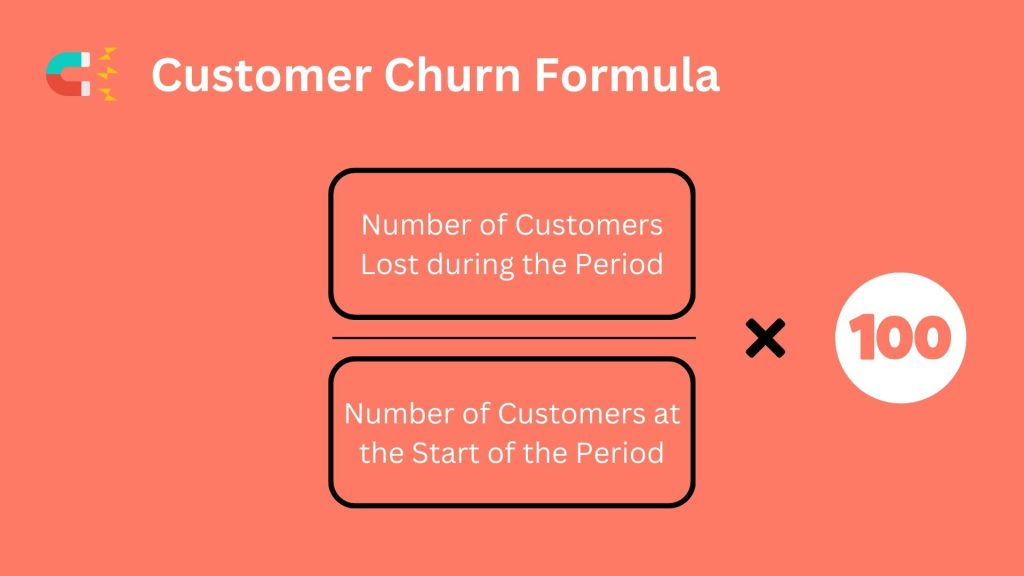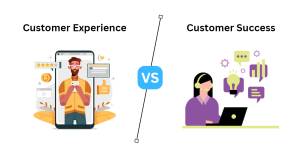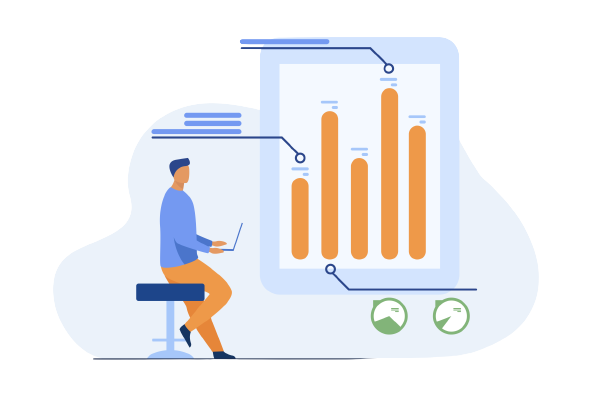
A Customer Journey Map Example: Lessons from Fitbit
Discover valuable insights from Fitbit’s customer journey map example in our latest blog post. Learn how to enhance your customer experience by understanding each step of the journey. From initial contact to brand loyalty, explore practical lessons and actionable tips.







